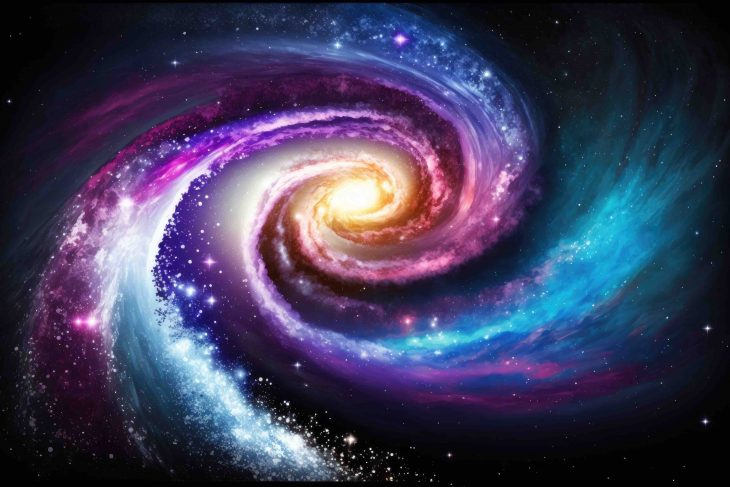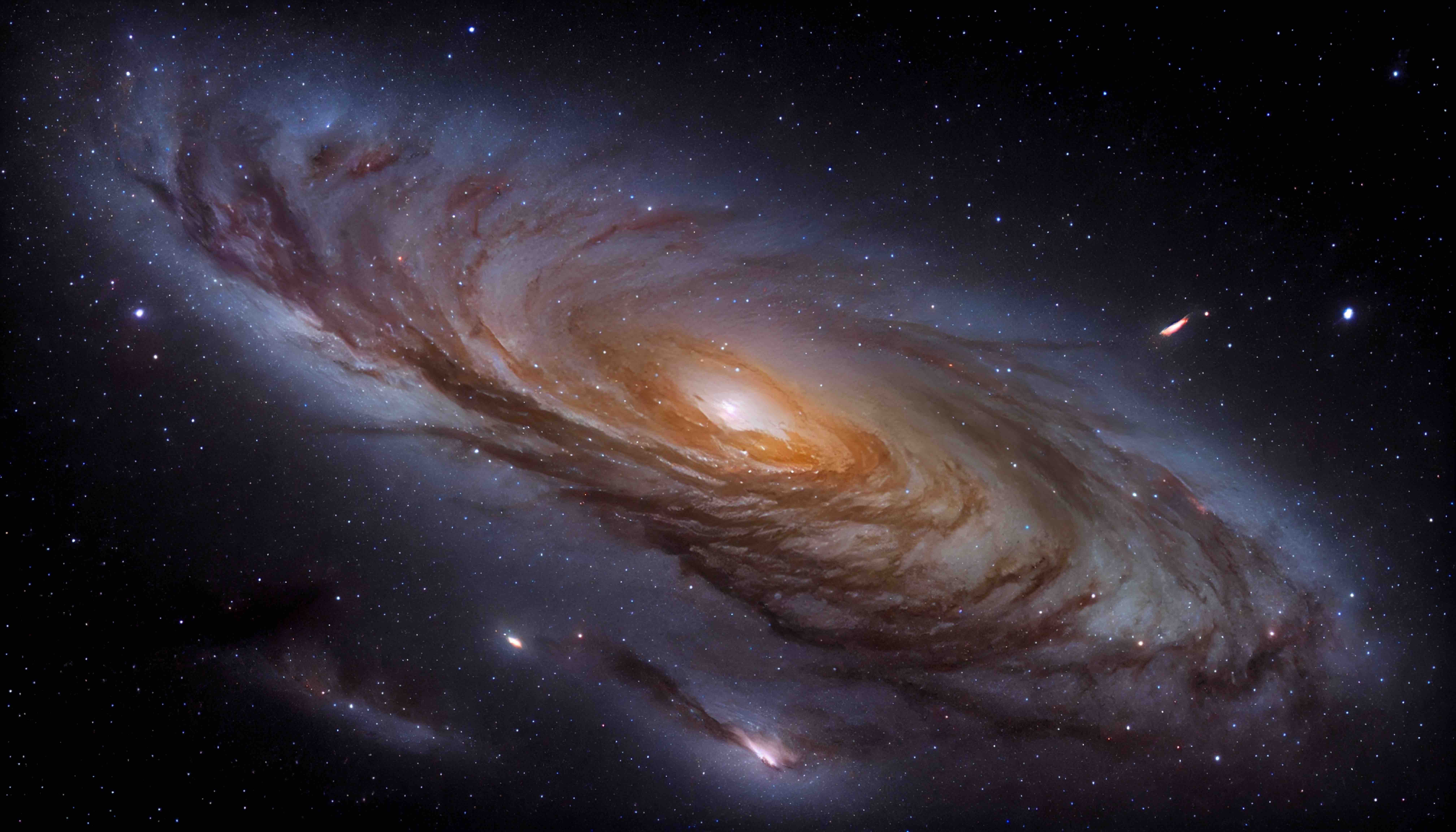
Elliptical galaxies, majestic and enigmatic structures scattered across the cosmos, hold a wealth of secrets waiting to be discovered. From their intriguing shapes to their mysterious origins, these cosmic entities continue to captivate astronomers and space enthusiasts alike. In this article, we present 11 facts about elliptical galaxies, shedding light on their distinctive features, formation, and their significance in the vast tapestry of the universe. Embark on a cosmic journey as we delve into the captivating realm of elliptical galaxies.
Distinctive Shape
Elliptical galaxies, as their name suggests, possess an elongated elliptical shape. They range from nearly spherical to highly elongated ellipsoids, lacking the spiral arms found in spiral galaxies.
Stellar Populations
Elliptical galaxies are primarily composed of older stars, typically devoid of the young, hot blue stars commonly seen in spiral galaxies. The stars in elliptical galaxies are generally older and redder, reflecting their advanced stage of evolution.
Varying Sizes
Elliptical galaxies come in a wide range of sizes, from small dwarf elliptical galaxies to massive giants. Their sizes can vary from a few thousand light-years to several hundred thousand light-years in diameter.
Stellar Densities
Elliptical galaxies tend to have higher stellar densities at their centers compared to their outer regions. This concentration of stars creates a dense core, known as the galactic bulge.
Lack of Disk Structure
Unlike spiral galaxies with their distinctive disk-like structures, elliptical galaxies lack prominent disks and spiral arms. They appear smooth and featureless, giving them a more spherical or ellipsoidal appearance.
Formation through Galactic Collisions

Many elliptical galaxies are believed to have formed through galactic collisions and mergers. When two or more galaxies collide, their gravitational interactions can disrupt their structures, leading to the formation of an elliptical galaxy.
Old Stars, Fewer Star Formation
Due to the absence of young, blue stars, elliptical galaxies have lower rates of ongoing star formation compared to other galaxy types. The majority of star formation in elliptical galaxies occurred billions of years ago.
Supermassive Black Holes
Elliptical galaxies often harbor supermassive black holes at their centers. These black holes have masses millions or even billions of times greater than our sun and play a crucial role in shaping the galaxy’s evolution.
Galactic Cannibalism
Elliptical galaxies are known for their tendency to cannibalize smaller galaxies. Through gravitational interactions, they can engulf and absorb nearby dwarf galaxies, growing in size over time.
Stellar Velocity Dispersion
Elliptical galaxies exhibit high stellar velocity dispersion, meaning the stars within them move at varying speeds in random directions. This is in contrast to the more orderly rotation seen in spiral galaxies.
Cosmic Age Indicators
The study of elliptical galaxies provides valuable insights into the age of the universe. By analyzing their stellar populations and properties, astronomers can estimate the age of these galaxies and the cosmic timeline.
Final Word
Elliptical galaxies stand as silent witnesses to the cosmic drama unfolding in the depths of space. Their unique features, intriguing formation mechanisms, and role in the larger cosmic web continue to fascinate astronomers, sparking new questions and discoveries.
Frequently Asked Questions (FAQs)
How many elliptical galaxies are there in the universe?
The exact number of elliptical galaxies in the universe is difficult to determine, as they are scattered throughout the cosmos. However, they are estimated to account for a significant portion of the galaxy population.
Can elliptical galaxies host life?
Elliptical galaxies are not considered ideal environments for hosting life as we know it. They lack the active star formation regions and the diverse range of stellar ages typically associated with habitable conditions.
Are there any famous elliptical galaxies?
Yes, some well-known elliptical galaxies include M87, Centaurus A, and Messier 32. These galaxies have been the subjects of extensive research and observation due to their unique properties.
Can elliptical galaxies collide?
Although rare, elliptical galaxies can collide and merge with one another. These collisions can result in the formation of even larger elliptical galaxies or the triggering of new star formation.
How do elliptical galaxies compare to spiral galaxies in terms of size?
Elliptical galaxies can vary widely in size, with some being smaller than spiral galaxies and others being much larger. However, there are elliptical galaxies that are comparable in size to large spiral galaxies.
Was this page helpful?
Our commitment to delivering trustworthy and engaging content is at the heart of what we do. Each fact on our site is contributed by real users like you, bringing a wealth of diverse insights and information. To ensure the highest standards of accuracy and reliability, our dedicated editors meticulously review each submission. This process guarantees that the facts we share are not only fascinating but also credible. Trust in our commitment to quality and authenticity as you explore and learn with us.
